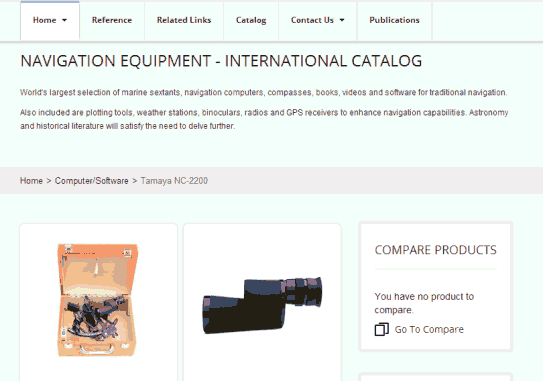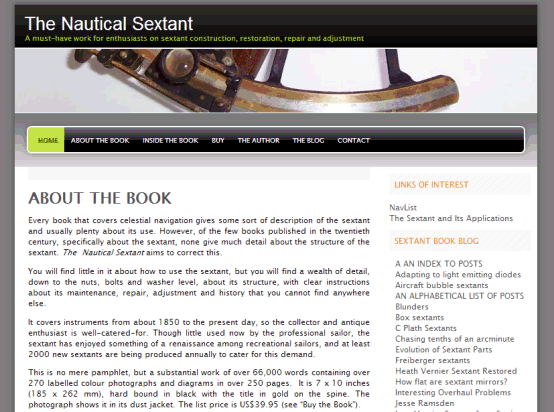
NavList:
A Community Devoted to the Preservation and Practice of Celestial Navigation and Other Methods of Traditional Wayfinding
From: Sean C
Date: 2025 Apr 11, 19:11 -0700
Daniel,
I also started out with a Davis Mk. 15 and an artificial horizon and my first sights were at least as far off as yours. Plastic sextants can be quite accurate, but you need to keep one thing in mind: they flex ... a lot. I even noticed that I could change the index error just by squeezing the handle a little tighter. Here's a few tips to try on your next round:
1. Take the sextant outside well before beginning to take sights (maybe 15 to 20 minutes or so). If you're taking Sun sights, let it sit in the sunlight for at least a few minutes. All sextants will flex at least a little due to changes in temperature, but this is especially true with plastic sextants. Let it acclimate to the ambient outside temperature before checking index error or taking any sights.
2. Check the index error right before (and maybe even right after) every sight. Again, plastic sextants flex easily, and one needs to check the index error often. You can adjust the mirrors to get rid of the error, or you can simply correct for it when doing the math. Either way, the important thing is having an accurate and current correction.
3. Try to maintain even pressure on the handle and try not to treat the sextant too roughly. Generally speaking, sextants are not super fragile instruments, but they're not super robust, either. Plastic sextants are decidedly more towards the fragile end of the spectrum.
4. Check the shades to see if they are adding to the index error. Flip them into and out of the light path one-by-one and try to notice any difference in the index error.
5. Only turn the micrometer drum in one direction when aligning the direct and reflected images. In other words, if you are bringing the images together and overshoot, don't just turn the micrometer in the other direction until contact occurs again. Instead, back it off until the images are well separated again and then turn the micrometer in the original direction to bring the images into alignment. This will eliminate any backlash error in the instrument.
6. If all of your sights seem to be off by a similar amount, even after carefully correcting for all other errors, then take the average of those errors and use that as a "systematic error correction". This error could be the result of any number of manufacturing issues with a particular sextant.
7. Keep at it! You'll get better results the more sights you take. You'll learn your own "systematic error" (or bias) when it comes to the moment contact occurs.
Hope that helps. Cheers!
Sean C.






